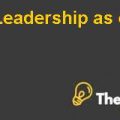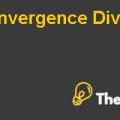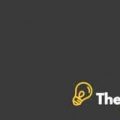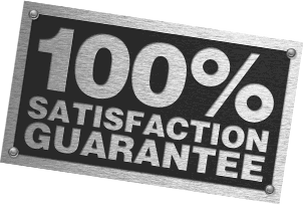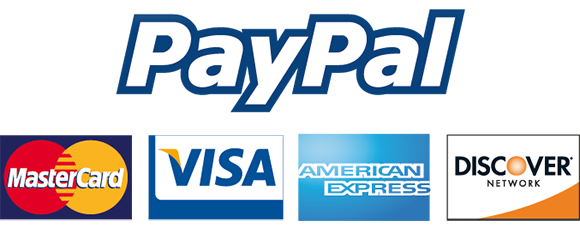
FINANCE TASK Case Solution
Question 1
a). Classification of Costs
i). The classification of the costs can be simply defined as the grouping of the costs based on their source, form and nature. The three main objectives for classifying costs are as follows:
- The grouping of the costs in different types makes it easy to understand their effect on the business and helps the management to make key decisions with regard to these costs.
- Another objective for the classification of the costs is proper presentation and recording of the data of the cost for cost reduction, cost control and measuring the efficiency of each activity.
- The third objective for classifying the costs is to perform a correct analysis of the cost by process and the different elements forming the total cost.
ii).The three commonly used categories of costs with examples are as follows:
Fixed and Variable Costs
Fixed costs are those costs which do not change with the change in the output. The examples of these costs are legal bills, insurance or the costs of building a factory. If the output is zero, then the fixed costs remain the same. On the other hand, variable costs are those which vary with the change in the output. For example, if a company has to produce more buses, then the management will have to use more raw materials such as metals. This is called as variable cost.
Product Costs Vs Period Costs
The product costs are all the costs which are required in the production of the different products and they are recognized for the purpose of financial reporting when the final product is sold. Examples of these costs are direct labor, direct materials, factory depreciation, factory wages, etc. On the other hand, period costs are all the remaining costs other than the product costs. Examples of these costs are administrative costs, marketing costs and etc.
Controllable and Uncontrollable Costs
Controllable costs are all those costs which could be influenced or changed by the action of the management taking the final decision. Examples of these costs include direct material cost, direct labor cost and direct expenses. On the other hand, uncontrollable costs are those which can never be influenced by the management making the final decision. One of the examples of uncontrollable cost is the insurance. For instance, a manager running a supervisor on the company’s floor does not have any control on the liability insurance which is bought by his company.
b) Computations
i) & ii) Ticket prices for one way and return ticket are shown in the table below. The calculations could be seen in the excel spreadsheet.
| Annual Costs | One Way Ticket price | Return Ticket Price |
| Fuel Costs |
144500000 |
289000000 |
| Service & Repair Costs |
86700000 |
173400000 |
| Aviation annual route license |
20000 |
20000 |
| Commission to travel agents |
55080000 |
110160000 |
| Meals and entertainment during flight |
18360000 |
36720000 |
| Insurance (passengers & aircraft) |
100000 |
100000 |
| Salary to pilot and flight attendants |
600000 |
600000 |
| Depreciation of aircraft |
867000000 |
1734000000 |
| Other operational overheads allocated to the route |
200000 |
200000 |
| Total Costs |
1172560000 |
2344200000 |
| Costs per Flight |
1724353 |
1723676 |
| Ticket price (Inclusive of Tax) |
2000249 |
1999465 |
| Discounts |
None |
99973 |
| Ticket Prices |
2000249 |
1899491 |
The two important factors which should be considered by the airline in setting the prices are s follows:
- One of the important factors to consider in setting the airline ticket prices is the competition in the market. For instance, the low cost carriers in the market set the price of their airlines which is lower than the other airlines and the other companies are compelled to match those prices to avoid the risk of flying empty seats or lose the customers.................
- This is just a sample partial case solution. Please place the order on the website to order your own originally done case solution.


